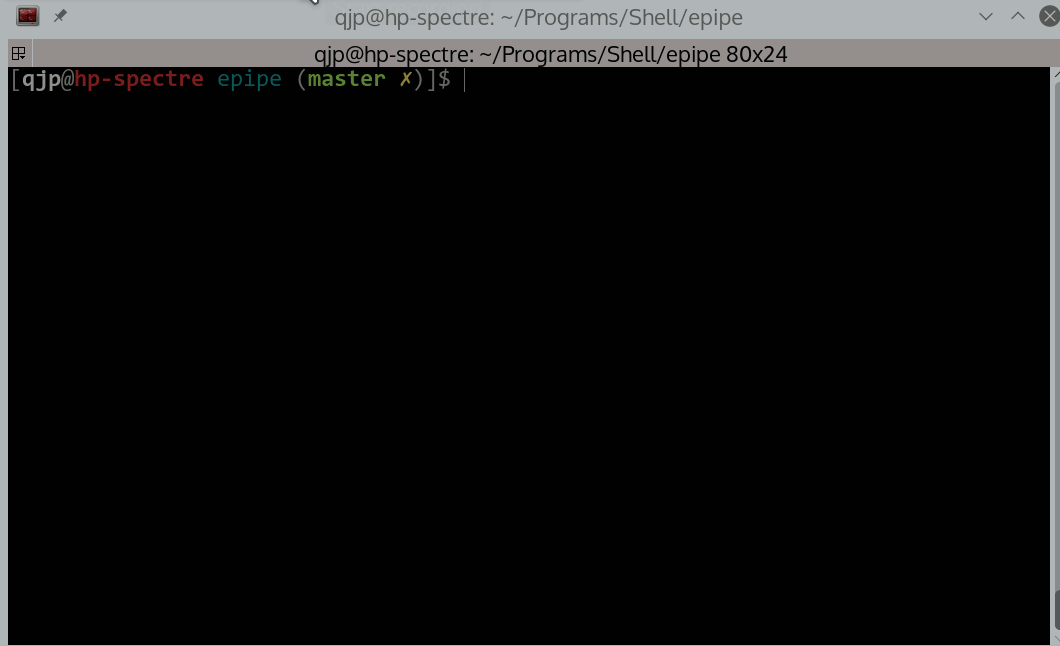Use your favorite editor in the pipeline, featuring the support for
running emacsclient in the terminal.
This tool enables the use of emacs(client) for interactive editing of the output/input of shell commands.
First, set an alias for epipe:
alias epipe=/path/to/epipe
Then you can use epipe in one of the following ways:
command1 | epipe epipe | command1 command1 | epipe | command2
Since emacs can now be used in the pipeline, epipe saves us from writing
grep, sed, awk, etc., in order to process the output/input of shell
commands. The use of epipe can also replace some other interactive commands,
for example, the interactive grep, percol.
You need to set either EDITOR or VISUAL environment variable. If you don’t
set EDITOR or VISUAL, epipe uses emacs as the default editor. In order
to use emacsclient as the editor, you can set EDITOR environment variable:
export EDITOR="emacsclient -ct"
This idea has been implemented in vipe, but none of the current
implementation supports emacsclient in the terminal. That said, setting
EDITOR to emacsclient -t doesn’t work for vipe while setting EDITOR to
emacsclient works since it creates/uses the frame in the window system
instead of the current terminal.
- vipe of moreutils: To the best of my knowledge, the original
vipeis implemented by Joey Hess using perl. But it doesn’t support runningemacsclientin the terminal. - juliangruber/vipe: I found this repo after I wrote the code. This one is
similar to
epipesince the author also rewrote the originalvipeof Joey Hess using shell script. However, the problem remains the same – it doesn’t support runningemacsclientin the terminal.
I also put a modified verion of Joey’s vipe in this repo: epipe.pl. The
code of vipe is changed a little bit to support emacsclient. You can check
it out if interested.
- Only test
epipeon Arch Linux. - Can’t use with
-aoption ofemacsclient
